■ On Feb. 5, the joint team interviewed staff members of the Wuhan Blood Center in the hotel where the international experts stayed. The team learned about China's blood donation administration system and the center's overall operation, its blood collection management, blood sample storage as well as its work during the COVID-19 outbreak.
The WHO experts carried out in-depth discussions with the center on the testing and analysis of the stored blood samples collected in the second half of 2019. The center expressed the view that blood collecting and supplying facilities are working under the regulation of the Measures for the Administration of Blood Stations, Article 31 of which stipulates that a blood sample shall be preserved for two years after the whole blood or the component blood is used. The center keeps the samples in tubes of the blood bags, like infusion tubes or blood collection tubes. At present, it keeps samples collected in 2019 and 2020 in such tubes. The storage and use of such samples strictly abide by relevant regulations and the samples can only be available for use when there is a medical dispute or lawsuit. The testing must be conducted by third-party judicial authentication agencies in the case of possible medical disputes. The blood center did not use the samples in such tubes for studies. According to the regulation, after the two-year preservation period expires, the samples shall be disposed of as medical wastes. The blood center thinks that the legal purpose of the use of such samples is to answer in medical disputes or lawsuits, and there is no precedent that this kind of blood sample is used in a scientific study, including study of diseases, as was suggested by the joint team. The center believes that scientific studies, especially those on major and complicated issues, should have prudent research plans, research subjects and follow prudent technological protocols, and they should be well-discussed and carried out in accordance with law and regulations under necessary guidance.
The international experts believed that the studies on people who have tested positive for SARS-CoV-2 antibody are correlated worldwide, and many countries and regions hoped to know when the virus was first transmitted to human, making it necessary to conduct relevant studies in places such as Asian and Pacific regions to trace back to the period before the first transmission. The joint team made relevant recommendations because the experts believed that access to such blood samples would be of great value for the studies of origins, as the processes of blood donations are similar all around the world, following relatively standardized procedures. WHO was also considering carrying out such studies in other locations worldwide.
■ On Feb. 6, experts from the joint team interviewed staff of the Central Hospital of Wuhan at the hotel where the international experts stayed, to learn about the overall situation of the hospital, diagnosis and treatment of early cases, infections among medical staff and the handling of COVID-19 patients.
The Central Hospital of Wuhan reported the detection and testing of early cases. At around 4 p.m. on Dec. 29, 2019, the medical affairs division of the hospital received a report from a doctor from the emergency department, who was visited by three patients from the same place with fever symptoms on that day. The situation sounded an alarm among hospital management. On that afternoon, the hospital organized a review session on the patients received in the past few days. The session was attended by the hospital management, the medical affairs division and related clinical departments, including the emergency department and the respiratory department.
By 10 p.m. that night, the hospital had received six such cases from the same place -- the Huanan market. Concerned about potential clustered outbreaks, the hospital designated a large special zone to handle and treat the patients. At 8:30 a.m. on Dec. 30, 2019, the hospital held a joint consultation session to discuss the handling and clinical treatment of the six cases and reported to Jianghan District CDC at the earliest opportunity. Testing for influenza-like illness was all negative for the six patients.
For infectious diseases, routine checks from the hospital would involve bacterial culture and identification, and drug sensitivity testing. In terms of respiratory viruses, seven types of detection are often conducted mainly focusing on antigen detections. The viruses include the influenza A virus, influenza B virus, parainfluenza virus, respiratory syncytial virus and adenovirus. There are also some tests for mycoplasma pneumoniae and chlamydia pneumoniae. According to the requirements of biosafety, all specimens in the hospital will not be preserved after testing, and will be destroyed immediately.
After no specific issues were found via the routine tests, the hospital immediately expanded the tests to screen for all pathogens. The hospital collected respiratory tract samples, hoping to test the specimen for all pathogens by high-throughput sequencing. As the hospital did not have the capacity for high-throughput sequencing at the time, the samples were sent to a third-party commercial testing agency for detection. As the tests were extensive and comprehensive, it was known at the time that the results suggested the existence of CoV but it was unclear which specific CoV it was. The third-party testing agency sent the report directly to the families of the patients. The report contained many contents, among which the existence of CoV raised concerns. The phrase "SARS-like" viruses was mentioned in the Chinese version of the report, and "relative SARS" was reported in the English version.
■ On Feb. 7 and 8, the joint team drafted the joint report.
■ On Feb. 9, at a press conference, the joint team released major results of the China part of the WHO-convened global study of origins of SARS-CoV-2. The epidemiology working group found, after an analysis of surveillance data, that the outbreak in Wuhan predated the rest of Hubei Province and it is considered unlikely that any substantial transmission of SARS-CoV-2 was occurring in Wuhan in October or November, 2019. The study also found that there was no obvious clustering by the epidemiological parameters of exposure to raw meat or furry animals. The molecular epidemiology and bioinformatics working group found that evidence from surveys and targeted studies so far have shown that the CoVs most highly related to SARS-CoV-2 are found in bats and pangolins. However, neither of the viruses identified so far from these mammalian species is sufficiently similar to SARS-CoV-2 to serve as its immediate precursor. The high susceptibility of mink and cats to SARS-CoV-2 suggests that other species may also act as potential reservoirs. Some diversity of SARS-CoV-2 already existed in the early phase of the outbreak in Wuhan, suggesting unsampled chains of transmission beyond the Huanan market cluster. In addition, most estimates of the time to the most recent common ancestor of the SARS-CoV-2 sequences were between mid-November and early December. Through extensive testing of animal products in the Huanan market by the animal and environment working group, no evidence of animal infections was found. The presence of SARS-CoV-2 has not been detected through sampling and testing of wildlife, livestock and poultry across China. The introduction of the virus into the Huanan market may be through infected people, infected animals or contaminated products. Sampling and testing taken of upstream and downstream supply chains of the Huanan market and other markets in Wuhan did not reveal evidence of SARS-CoV-2 circulating in animals. Researches found that SARS-CoV-2 can be carried long distances on cold-chain products.
Among four main potential introduction pathways of SARS-CoV-2, the joint team listed the direct zoonotic spillover scenario as "possible to likely," the scenario of introduction through an intermediate host as "likely to very likely," the potential for SARS-CoV-2 introduction via cold/ food chain products as "possible," and a laboratory origin of the pandemic as "extremely unlikely."
■ On Feb. 10, the WHO team left China.
◆ On March 30, the WHO briefed its members and the media about the China part of the global study of origins of SARS-CoV-2 and published the joint report WHO-convened Global Study of the Origins of SARS-CoV-2: China Part on its website.
◆ On March 31, Chinese members of the joint team briefed the public about the study at a press conference.









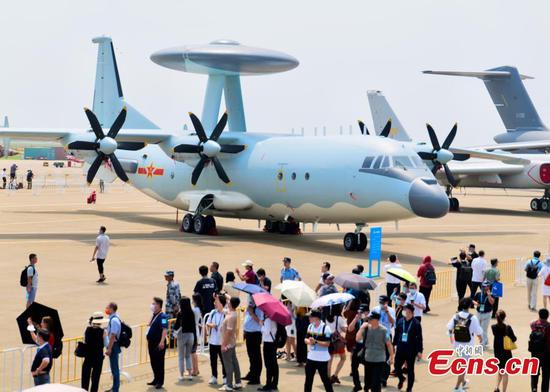


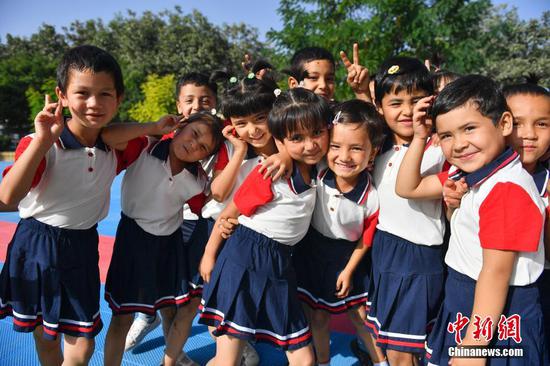

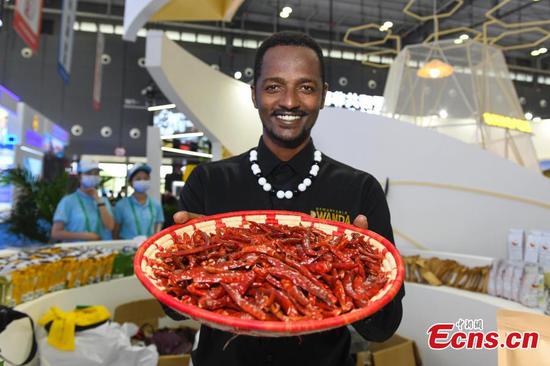
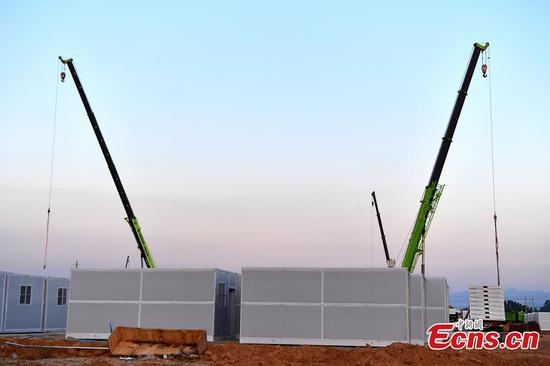
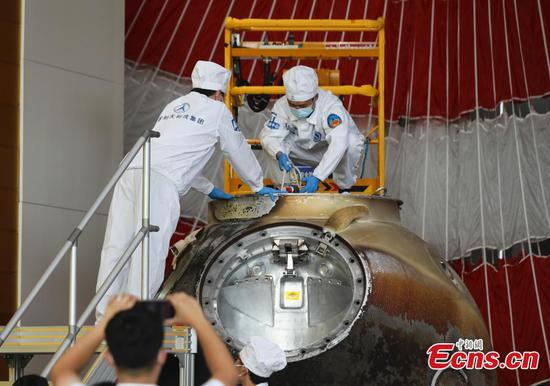




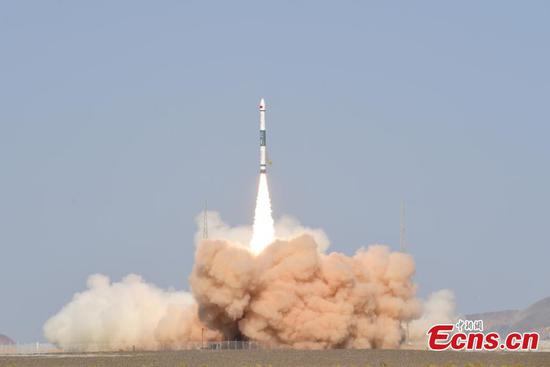

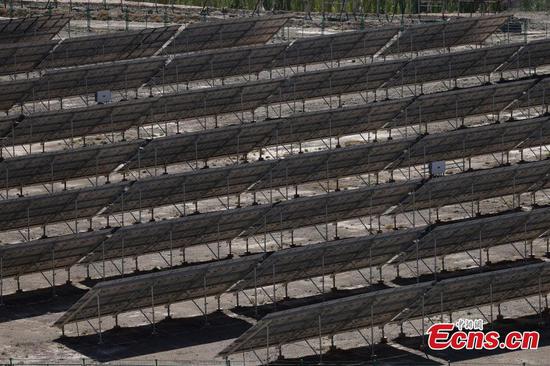
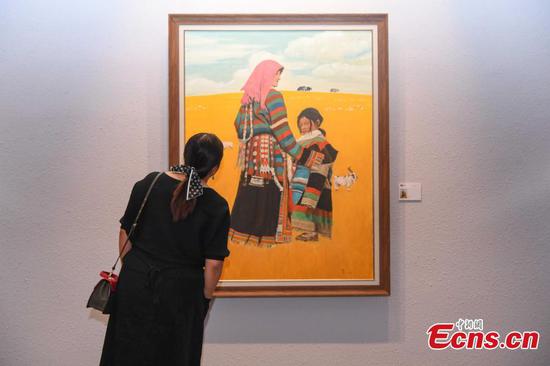
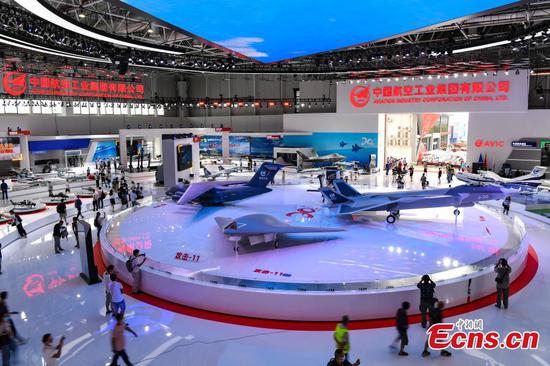
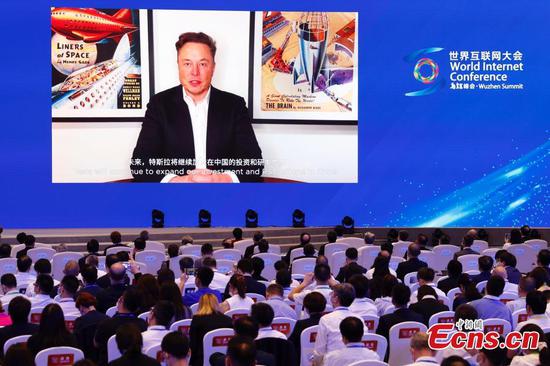





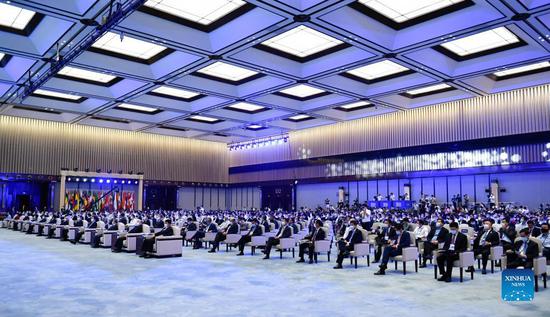
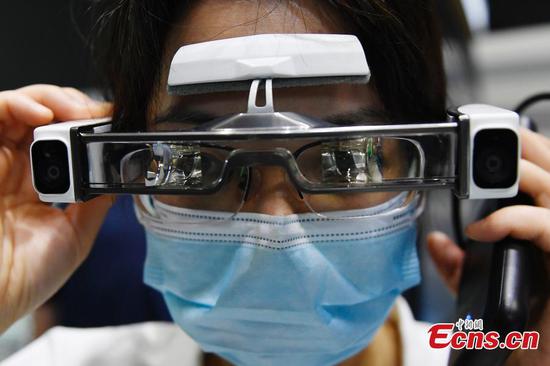


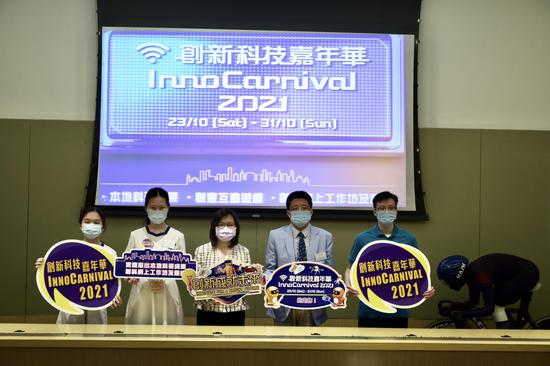
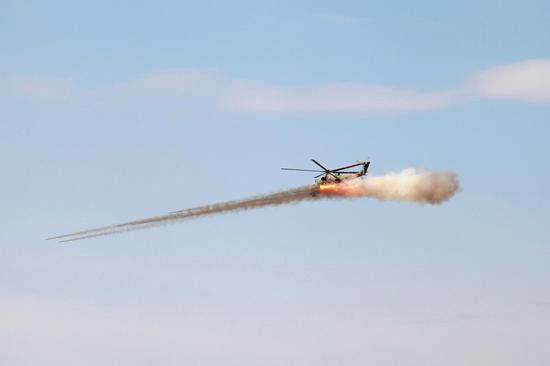




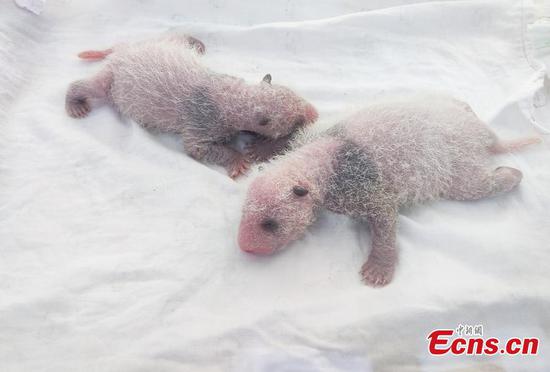



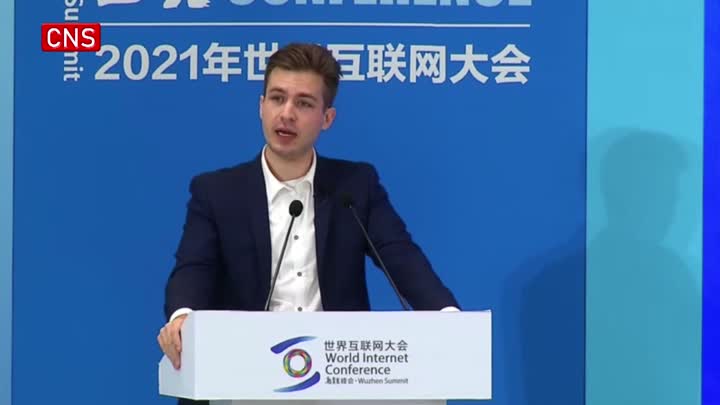



 京公网安备 11010202009201号
京公网安备 11010202009201号